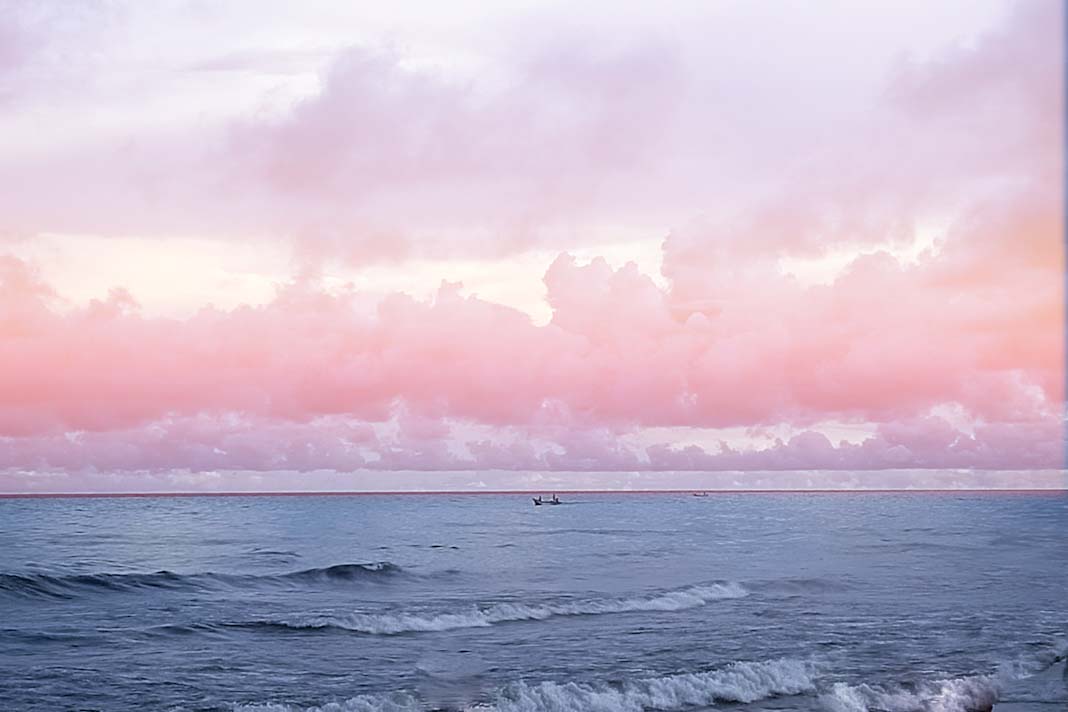Ammonia is highly toxic and potentially life-threatening. That’s why some are trying to find out how to bunker and handle the fuel safely, reports Engine.
Safety first
There is only one ammonia-capable vessel in operation today, while another 25 are on order for delivery towards 2027, according to classification society DNV. The orders include 11 bulk carriers, 11 oil and gas tankers, two tugboats, and one container ship.
The idea of including ammonia in the future fuel mix for ocean-going vessels is supported by studies indicating that green and blue ammonia can significantly reduce a vessel’s well-to-wake (WtW) emissions compared to conventional fuels.
A recent study commissioned by the Society for Gas as a Marine Fuel (SGMF) found that green ammonia can reduce a ship’s greenhouse gas (GHG) emissions by 61-80% on a WtW basis compared to VLSFO.
But green ammonia is not entirely emission-free. Combusting it produces nitrogen oxides (NOx) and current engines may require up to 30% pilot fuel, such as gasoil, which emits CO2.
Blue ammonia has higher WtW GHG emissions than green ammonia, and is estimated to cut only 20-31% GHG compared to VLSFO, the study found.
Despite its potential to reduce emissions, ammonia has yet to be used as a bunker fuel in real-world conditions, leaving it largely uncharted. Ammonia is highly corrosive, toxic, and potentially life-threatening if inhaled, which raises significant safety concerns for using it to propel ships forward.
The International Maritime Organisation is developing global safety guidelines for ammonia bunkering. Meanwhile, class society the American Bureau of Shipping (ABS) has issued an advisory, and Singapore’s port authority is working on safety specifications for bunkering in its port.
Conducting risk assessments and implementing safety measures should be top priorities during ammonia bunkering, ABS says. It recommends that bunker delivery equipment should be free of ammonia when not engaged in bunker operations to reduce the risk of accidental exposure to ammonia and any potential leaks.
Controlled zones should be established around the ammonia bunkering area to ensure safety and mitigate unexpected damage in case of leakage. These zones can be classified into hazardous, safety, toxic, and security zones, ABS suggests.
A consortium led by Japanese trading company ITOCHU will study designs of safe ammonia-capable ships. As part of this project, Singapore’s port authority seeks to commercialize ammonia bunkering, which it expects to start in 2026.
In other news, renewable energy firm H2V Industry is planning to build an e-methanol plant in the French Port of Marseille by 2030. It targets shipping firms as customers. The facility will comprise six green hydrogen production units, each with a capacity of 84,000 mt/year, and one e-methanol unit with a capacity of 140,000 mt/year.
California has become the first US state to launch a hydrogen hub for hard-to-decarbonize sectors. It has received a grant of $1.2 billion from the US Department of Energy (DoE). The California Hydrogen Hub will create a network of hydrogen production sites and related infrastructure in California. The project also covers steps to decarbonize operations in three large Californian ports: Los Angeles, Long Beach, and Oakland.
The European Union will fund a shore power facility in the Danish Port of Aarhus with $3.71 million. It will be set up at the port’s container terminal and is slated to become operational in 2026.
Did you subscribe to our daily Newsletter?
It’s Free! Click here to Subscribe
Source: Engine














